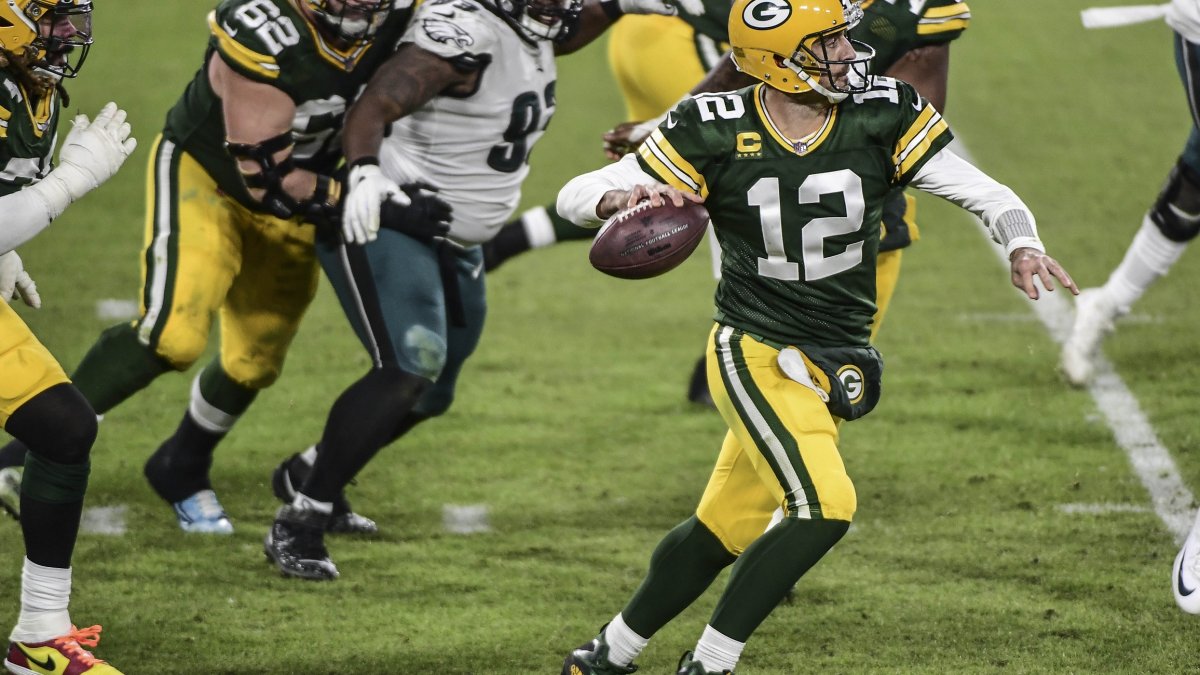“If you weren’t in the room with Amos Alonzo Stagg and Knute Rockne when they invented this game, you stole it from somebody else” — Chip Kelly
In our society, there’s a certain “sex appeal” that comes with the term innovation, and that’s no different in football. Being new or different comes with a lot of media attention, but true innovation in football is difficult to come by.
Schemes, concepts, and playcalls are often cyclical in nature. That “new” play you see someone run on Sunday may very well be 30 or more years old. That’s because the dirty little secret about football is that there are no trademarks, copyrights or patents. Once you put something on tape, it’s fair game to be taken and implemented by anyone at any level. And you don’t get any extra points for having too much pride to steal plays.
That brings us to Green Bay Packers head coach Matt LaFleur. Having coached under Brian Kelly at the collegiate level before Kyle Shanahan and Sean McVay in the NFL, LaFleur learned from a group of offensive minds that can go toe-to-toe with even the very best in the league today. The Packers head coach didn’t have to reinvent the wheel to create what’s now the league’s top-scoring offense at 31.6 points per game; he only had to be a sponge.
Watching the Packers' offense, it’s clear he’s done precisely that. The concepts aren’t groundbreaking, but they are meticulously thought out to mesh together such that one “look” can result in a myriad of actual plays that attack every area of the football field. It’s quite easily the most impactful thing he’s learned from the likes of McVay and Shanahan.
We’ll spell out exactly what that means a little later, but the end result has been far more lay-up throws than ever before for the man behind center.
Aaron Rodgers has always been capable of superhuman displays of arm talent and accuracy. So much so that by the end of Mike McCarthy’s tenure, the Green Bay offense evolved into one nearly solely reliant on those out-of-structure plays that Rodgers is known for. But just because someone can do something, it doesn’t mean they necessarily should.
Exclusive content for premium subscribers

WANT TO KEEP READING?
Dominate Fantasy Football & Betting with AI-Powered Data & Tools Trusted By All 32 Teams
Already have a subscription? Log in



 © 2025 PFF - all rights reserved.
© 2025 PFF - all rights reserved.